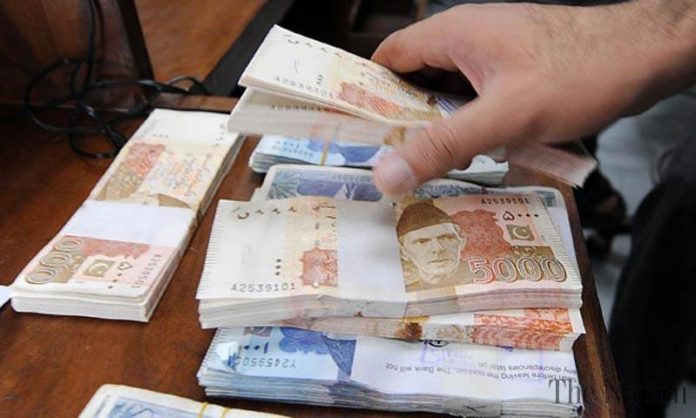ISLAMABAD – The provinces had to pay the price of Federal Board of Revenue’s (FBR) inability to meet tax collection target as they received Rs170 billion lesser than the projected amount from the federal government during last fiscal year.
The federal government had transferred Rs1,965.8 billion to the provinces under National Finance Commission (NFC) award as against the budgeted amount of Rs2,135.8 billion during previous fiscal year 2016-17. The federal government has transferred lesser amount to provinces due to massive shortfall in FBR’s tax collection that recorded at Rs260 billion.
“Revenue sharing between federal and provincial governments depends on the tax collection of the FBR. Whenever, FBR faces shortfall in tax collection, the provincial share from divisible pool would be slashed,” said an official of the Ministry of Finance. He further said that the federal government had already informed the provinces about expected shortfall in tax collection, which reduced their share from the divisible pool.
The federal government had transferred the revenue to the provinces under the 7th NFC award. Under the 7th NFC Award, the federal government is bound to transfer 57.5 percent resources to all the four provinces from federal divisible pool. Under the current award, Punjab gets 51.74 percent share, Sindh 24.55 percent, Khyber Pakhtunkhwa 14.62 percent and Balochistan 9.09 percent under the divisible pool.
The federal government had transferred Rs928.8 billion to Punjab in the fiscal year 2016-17 as compared to the budgeted Rs1045 billion. The Sindh received Rs516.9 billion as against the estimated amount of Rs547.8 billion during the year 2016-17. Similarly, Khyber Pakhtunkhwa had gotten Rs315.2 billion as compared to Rs346.18 billion during previous financial year. Khyber Pakhtunkhwa got one percent additional due to the war on terror. The Balochistan had received Rs204.9 billion against budgeted amount of Rs196.8 billion of the year 2015-16. The provinces failed to give expected surplus budget of Rs339 billion to the federal government, as their overall budget was in deficit of Rs163.2 billion.
The Punjab has recorded budget deficit of Rs4.95 billion during the year 2016-17, as expenditure recorded at Rs1,154.5 billion against the revenue of Rs1,149.5 billion. The break-up of Rs1,149.5 billion revenue revealed that Punjab has received Rs928.8 billion from federal government under the head of provincial share in federal revenue. The provincial tax collection of the Punjab government stood at only Rs155.4 billion during the first quarter of the ongoing financial year. Non-tax collection of the Punjab government remained at Rs32.3 billion and federal loans and grants recorded at Rs33 billion.
Sindh had recorded budget deficit of Rs61.5 billion during the last ongoing financial year. The expenditure of the Sindh has recorded at Rs754.1 billion as compare to the revenue of Rs692.6 billion during. The Sindh government received Rs516.9 billion from the federal government under the head of provincial share in federal revenue. The Sindh government collected Rs144.5 billion as taxes and Rs8.6 billion as non-tax and Rs22.7 billion as federal loans and grants during the last ongoing fiscal year.
The figures further revealed that Khyber Pakhtunkhwa had recorded budget deficit of Rs74.9 billion, as expenditure recorded at Rs436.7 billion against the revenue of Rs361.8 billion. Khyber Pakhtunkhwa received Rs315.2 billion from the federal government under the head of provincial share in federal revenues, Rs15.6 billion collected as taxes and non-tax collection recorded at Rs34 billion during the previous fiscal year.
Balochistan has recorded budget deficit of Rs21.9 billion. The expenditure of Balochistan has recorded at Rs246.2 billion as compared to the revenues of Rs224.3 billion. The Balochistan government had received Rs204.9 billion from the federal government under the head of provincial share in federal revenue. The Balochistan government collected Rs6.3 billion as taxes and Rs 1.565 billion as non-tax and Rs 4.6 billion as federal loans and grants during the period under review.









